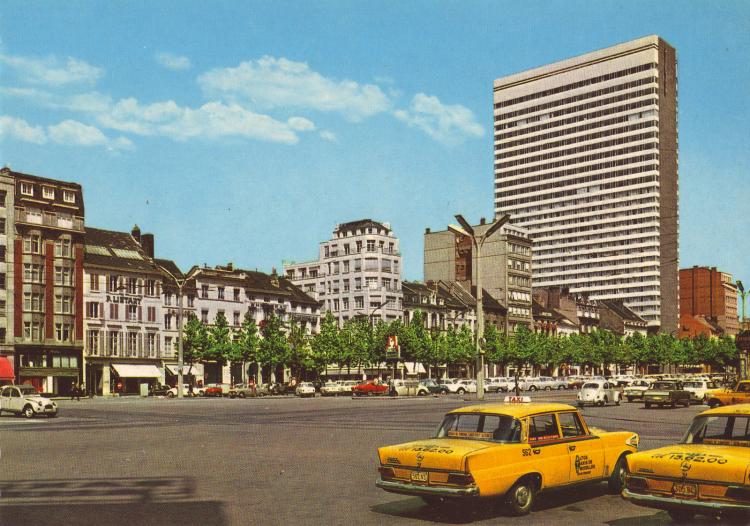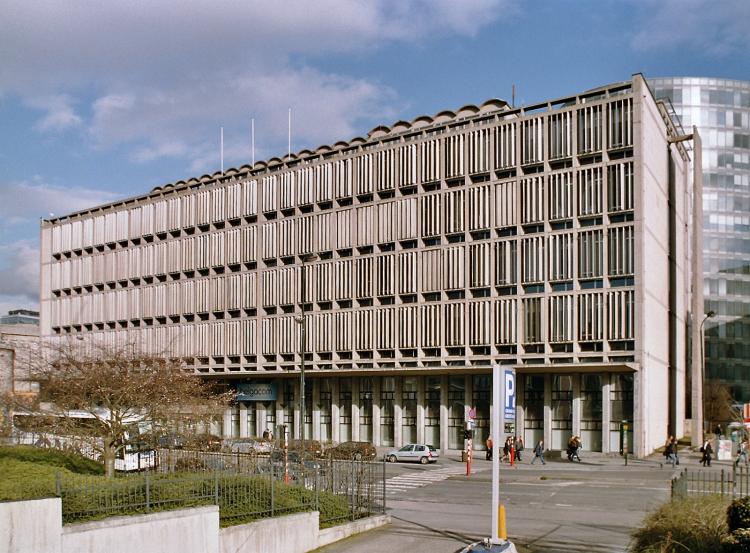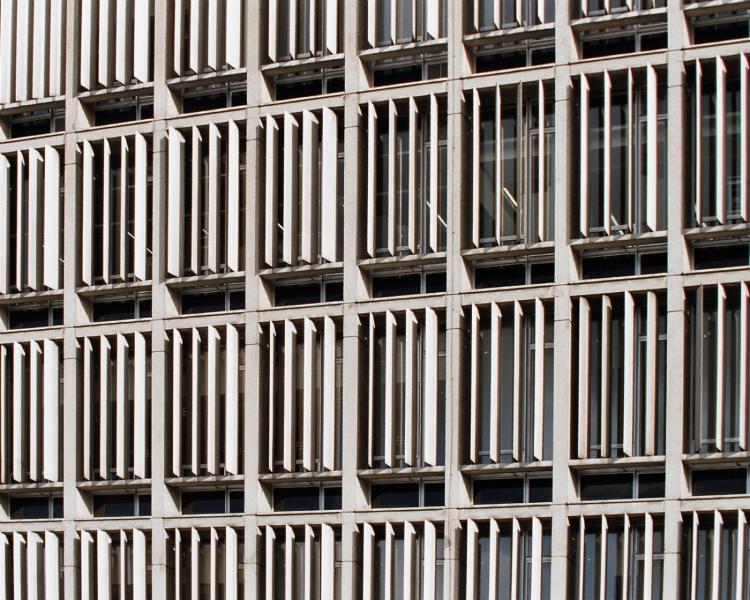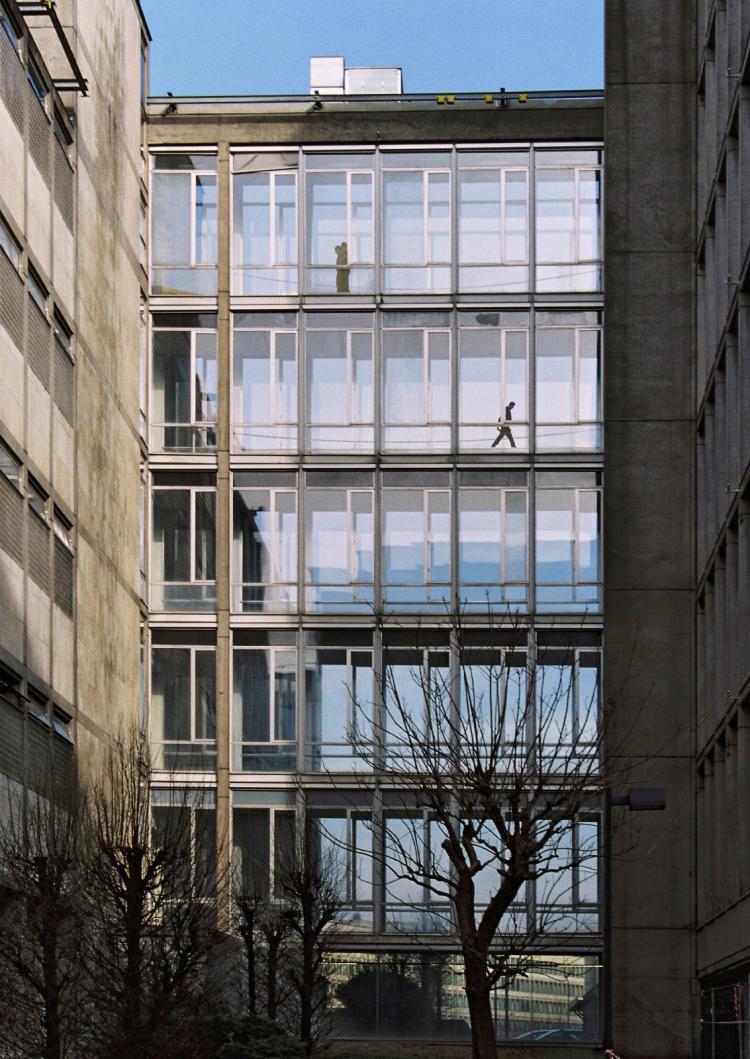American Dream
At the end of the 1950s,
the economic situation allows the dream of Brussel’s metamorphosis into an
ultra-modern American-style city. The theoretical models of the urban planners
of the 1930s finally appear realisable. Aiming for human development, they
advocated reconstructing the city in the form of high buildings in order to
free up the ground, to be laid out in vast gardens.
In the absence of an overall plan, these utopian theories are rapidly led astray by the developers’ concern for profitability. Despite a few unquestionable architectural successes, the new buildings most often spring up without consideration for the rest of the urban environment, condemned to making room for the Brussels of tomorrow.
For the architect of continental Europe’s highest hotel, the Westbury, the size of a building must be studied and judged by taking account of the future configuration of the city. That being the case, the hotel holds its own perfectly in the city that we see being born, and the scale of which will be ineluctably different from the one that our fathers knew (La Maison, issue 10, 1963).
In the absence of an overall plan, these utopian theories are rapidly led astray by the developers’ concern for profitability. Despite a few unquestionable architectural successes, the new buildings most often spring up without consideration for the rest of the urban environment, condemned to making room for the Brussels of tomorrow.
For the architect of continental Europe’s highest hotel, the Westbury, the size of a building must be studied and judged by taking account of the future configuration of the city. That being the case, the hotel holds its own perfectly in the city that we see being born, and the scale of which will be ineluctably different from the one that our fathers knew (La Maison, issue 10, 1963).
Despite its undeniable qualities, the D’Ieteren complex today seems to crush the small houses in the area with its volume. It was in fact intended to find its place in the new Brussels, the Brussels in the making (La Maison, issue 7-8, 1967), the modern American-style city that in the end did not come into being as dreamed.
The high towers in the city centre rarely have a clearance from the ground that is proportional to their size. For the Hilton Hotel, it had been planned that the small 19th century houses that still remain at its foot be razed in order to better show off the new building (La Technique des Travaux, issue 9-10, 1967).
Some projects attest however to thought on the notions of scale and of integration with the built environment. Built a stone’s throw from the Saints-Michel-et-Gudule cathedral, the building of the Department of Telegraphs and Telephones is limited, in the case of its front wing, to five floors. It thereby in no way overshadows its neighbouring century-old buildings.











